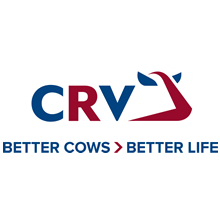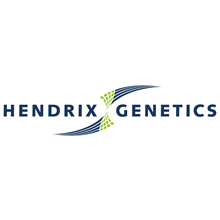In WP2 “DNA informed breeding” promising approaches are investigated to identify and use the additional DNA information that is becoming available due to advances in genomics and molecular biology. In addition to SNP variants, all other types of variation will be collected from data sets available from the breeding companies. This so called structural variation in genomes is more likely to have functional impact than SNP, because it covers a larger percentage of the genome and often disrupts genes or other functional elements. Therefore, WP2 will investigate how to derive structural variation from different sources of genotype and sequence information, analyse their impact on phenotypes and find ways to incorporate structural variation in genomic prediction models, together with WP1. New breed-specific reference genomes will become available to form a collection of Pan-genomes for each species. How these new reference genomes can capture all structural variation present in the genomes in a better way will be explored. Individuals with uncommon DNA information can be very relevant to maintain the genetic diversity in breeding populations (WP4), therefore WP2 focusses on identifying individuals with uncommon DNA profiles. Finally, breeding programs deal with trade-offs between unfavourably correlated traits using a selection index. WP2 will explore methods to disentangle causality information between correlated traits using DNA information.
DNA informed breeding
Genomic selection has enhanced the genetic gain of the breeding programs at all Breed4Food partners. Genomic selection exploits information based on a few percent of variants at single nucleotides (SNP) across the whole genome. However, there is more variation and information in the genome. Advances in genomics and molecular biology, such as massive sequencing and genotyping technologies, offer unprecedented possibilities to get more insight into the effect of specific mutations and functionality of genes. Understanding the biology of the genome is expected to enhance DNA-informed breeding and enable more accurate genomic prediction. Therefore, promising approaches to identify and use the additional DNA information that is becoming available is investigated within WP2 “DNA informed breeding”.





